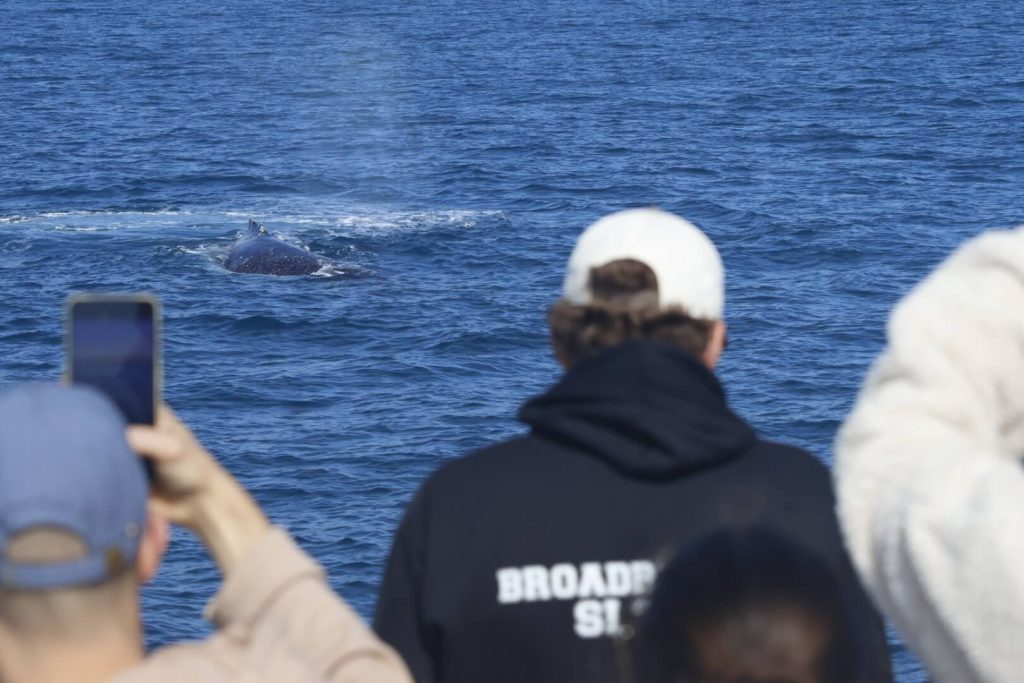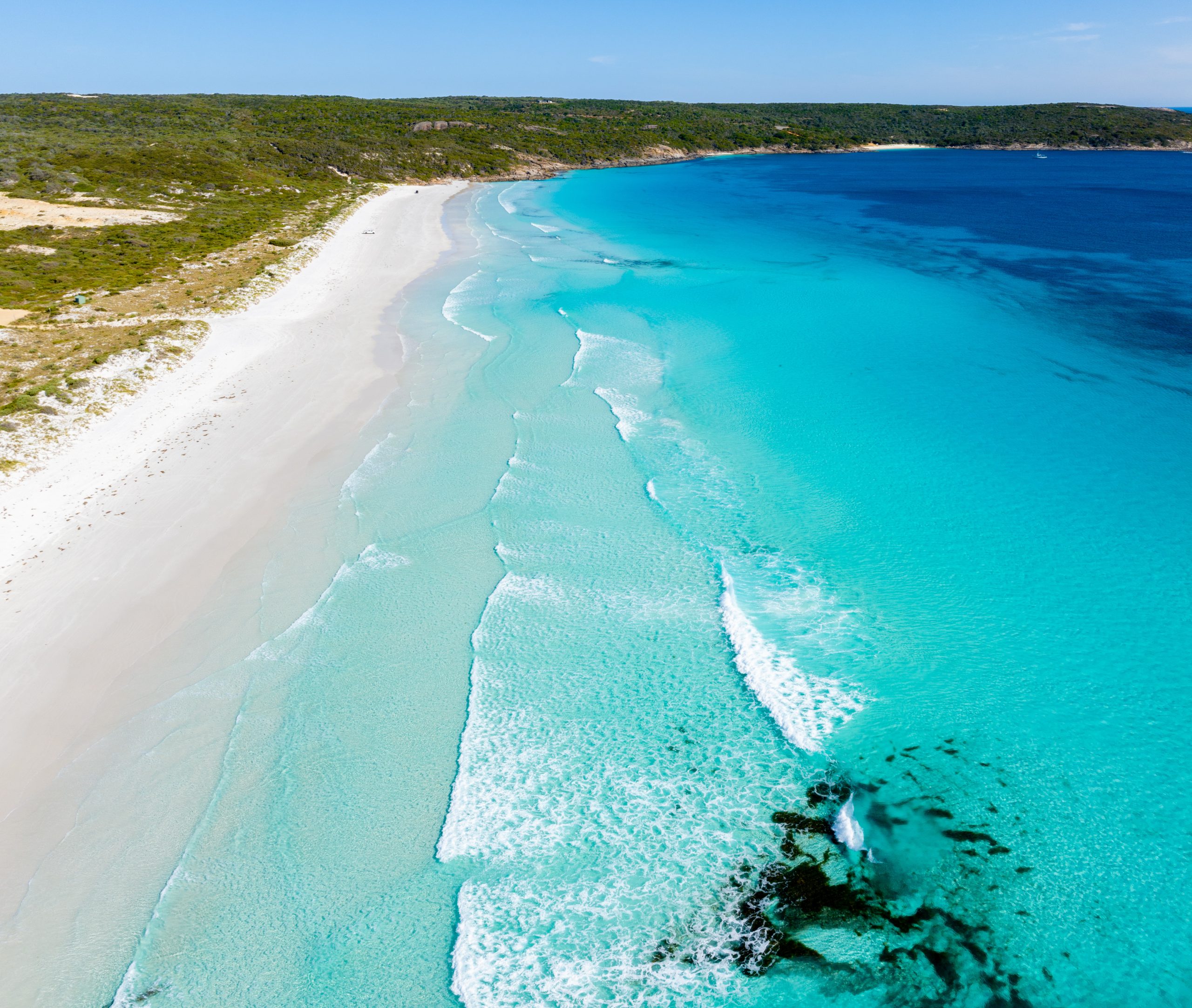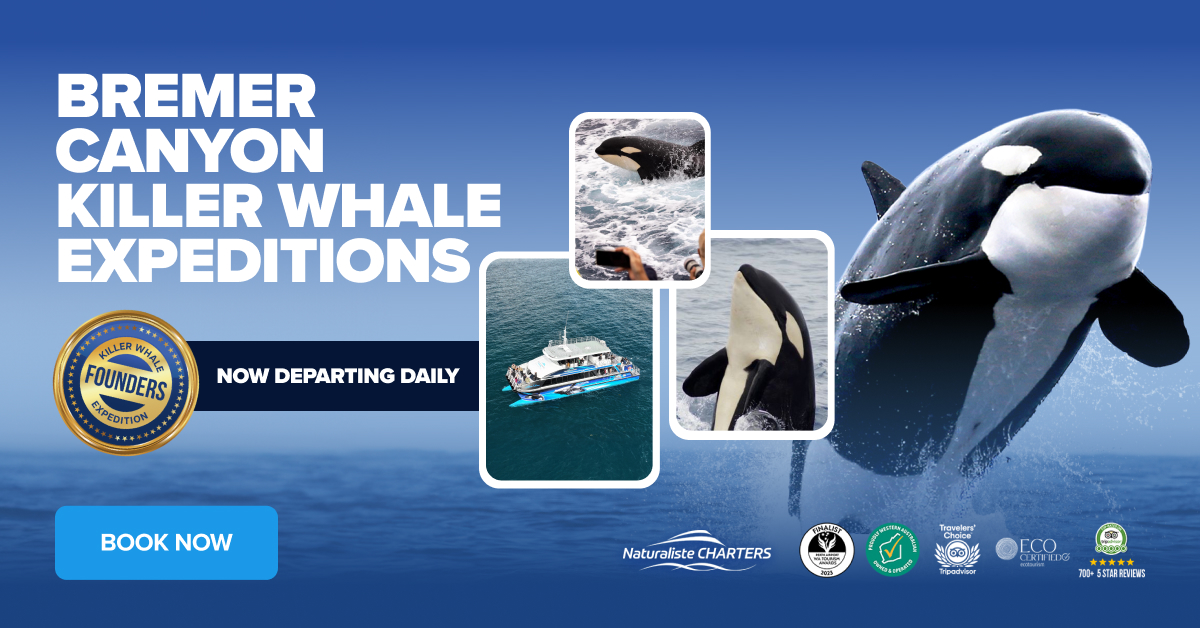Whale watching in Dunsborough is one of Western Australia’s most inspiring wildlife encounters. From mid August to late November, whales migrating southward gather in the calm waters of Geographe Bay. These encounters offer close-up views of their behaviours and fascinating whale anatomy.
On a Naturaliste Charters tour, you might see tail slaps, breaches, and misty blows. Each display reveals essential whale parts in action. From blowholes to flukes, every feature plays a vital role in survival. Families, travellers, and wildlife enthusiasts will leave with a deeper understanding of these gentle giants.
Understanding Whale Anatomy
Whales amaze with their sheer size, but each body part has a unique function. The fluke, or tail fin, powers movement. It is also a way to identify individual whales, as every fluke has distinct markings.
The dorsal fin provides balance and stabilisation. On humpbacks, the dorsal fin is small and curved, while on orcas it towers dramatically. Pectoral fins, often seen waving at the surface, steer whales through the water. Humpbacks’ pectoral fins can reach one-third of their body length.
Breathing Through the Blowhole
One of the most recognisable whale parts is the blowhole. This is not a nostril but the whale’s airway. Whales must surface to breathe, releasing a misty blow visible from far away.
Humpbacks have one blowhole, while blue whales and southern rights have two. The shape and size of the blow can even help guides identify species. Calm blows signal cruising, while rapid ones often mean diving.
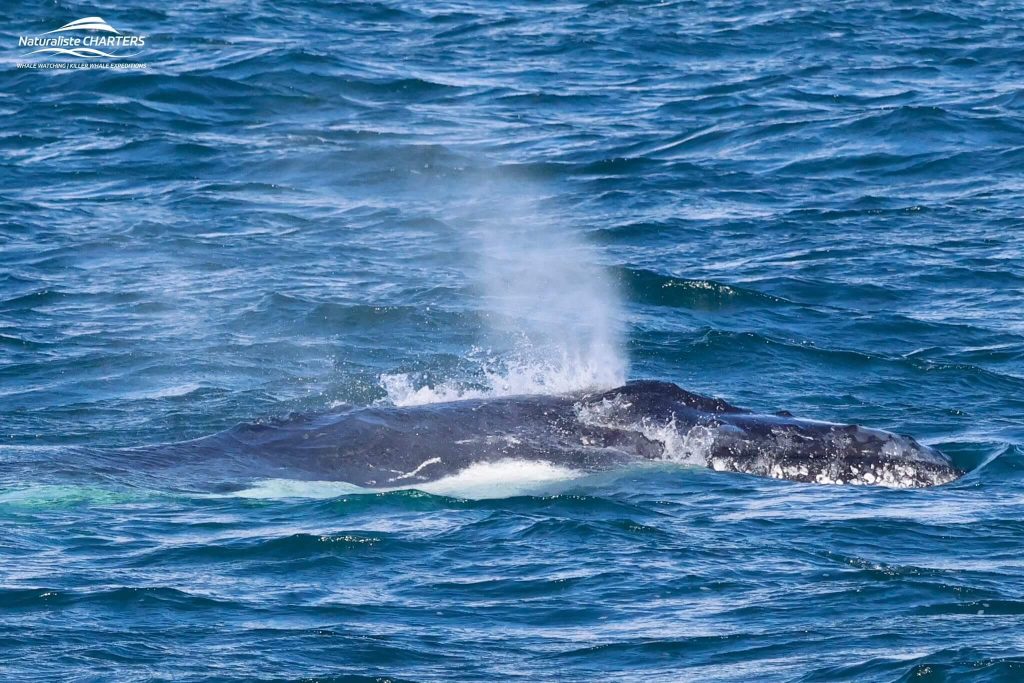
Breaches and Surface Displays
Few sights rival a breaching humpback. These leaps may be for communication, play, or parasite removal. The exact reason remains a mystery, but the thrill never fades.
Other surface behaviours include tail slaps, pectoral waves, and spy hops. A tail slap involves the fluke striking the water, creating a sharp crack. Spy hopping lets the whale raise its head to view the surroundings. Each behaviour gives a rare look at different whale parts in motion.
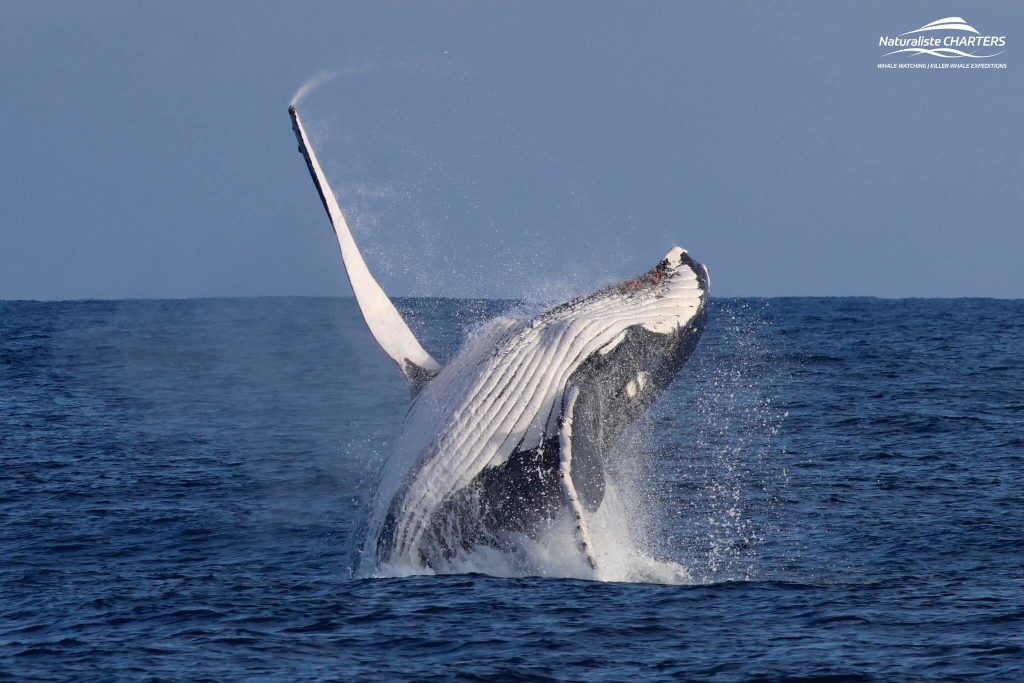
Southern Right Whale Traits
Dunsborough is one of the few places where both humpbacks and southern right whales can be seen. Southern rights are easily identified by the callosities on their heads. These rough patches are unique to each whale and help researchers track individuals.
Unlike humpbacks, southern rights have no dorsal fin. Their paddle-shaped pectoral fins are shorter and broader. Their blows are distinctive, forming a V-shape due to widely spaced double blowholes.
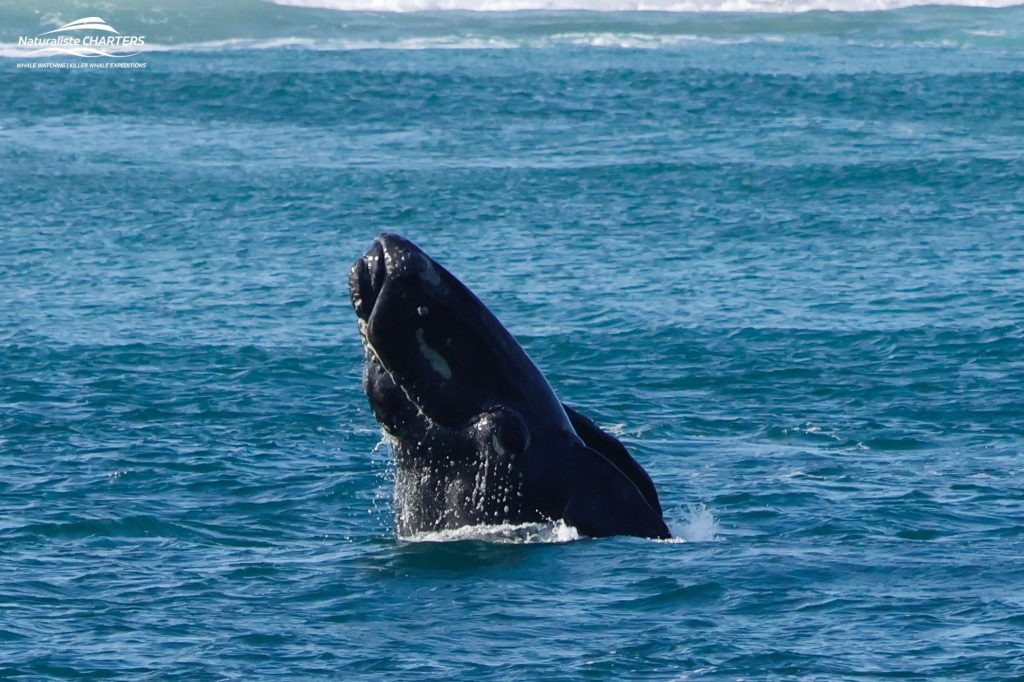
Blue Whales in Geographe Bay
Blue whales, the largest animals to have ever lived, can sometimes be seen in Geographe Bay. These sightings are rare but unforgettable. They are most likely during October and November, when blue whales migrate through the bay in search of krill-rich waters.
Their enormous size, streamlined bodies, and twin blowholes create a powerful spout that can reach over nine metres. Seeing a blue whale glide through the water offers a unique perspective on whale anatomy, from the ridged throat pleats to their immense flukes. Guests on Dunsborough tours may be lucky enough to witness this extraordinary giant passing by.
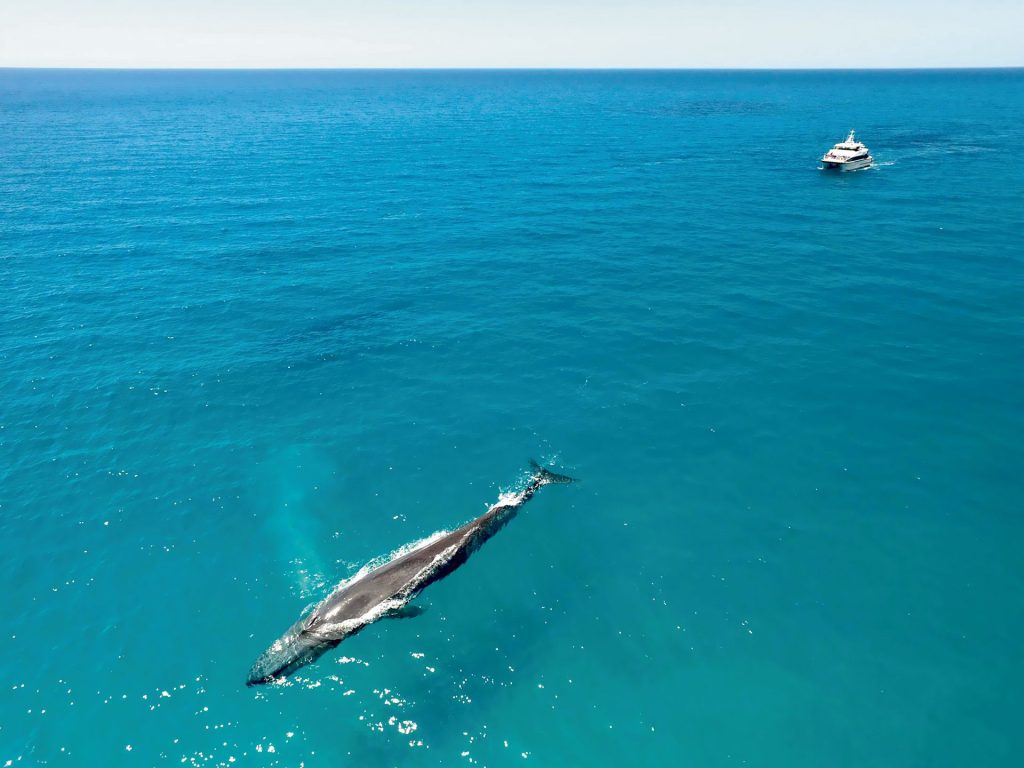
Mothers, Calves and Growing Whales
Dunsborough often hosts mothers and calves during the season. Watching a calf shadow its mother is a highlight of any tour.
Young whales have smaller flukes and pectoral fins that grow as they mature. Mothers guide and protect calves, often nudging them with fins. Calves stay close, riding in the slipstream to save energy.
This close bond shows the importance of whale anatomy in nurturing and survival.
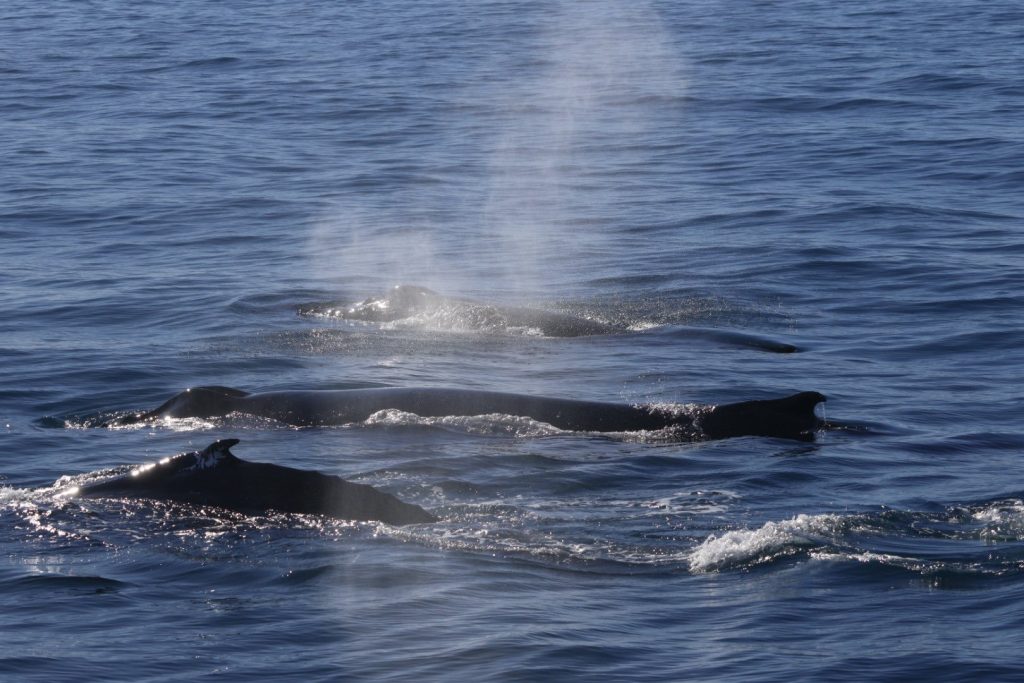
Whale Anatomy in Research
Studying whale anatomy is key to science. Researchers track migration and health through physical features like fluke scars and callosity patterns.
Modern technology has expanded these studies. Drones capture detailed images of whales from above. Biopsy samples provide data on genetics, diet, and pollutants.
Engineers even study whales to inspire design. Humpback pectoral fins, with their ridges, have influenced turbine and wing technology. These discoveries remind us how much humans still learn from nature.
For a deeper look into whale anatomy visit our blog here.
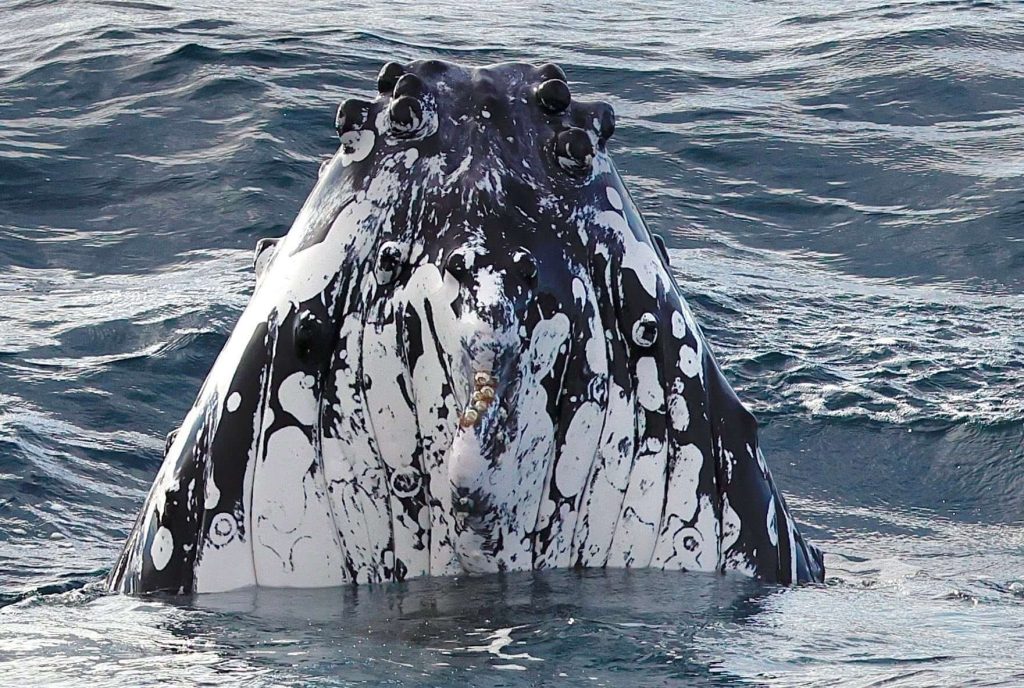
Join a Naturaliste Charters Tour
When you join a Naturaliste Charters whale watching tour in Dunsborough, you see more than a splash. Our crew of marine naturalists explains whale anatomy in ways that enrich every sighting.
Tours are designed to respect the whales and maximise your experience. With spacious viewing decks and small groups, every guest enjoys clear views. Whether you are new to whale watching or a seasoned traveller, Dunsborough will leave lasting memories.
Book your whale watching tour with Naturaliste Charters. Discover how whale anatomy reveals the strength, grace, and beauty of the giants of Geographe Bay.
